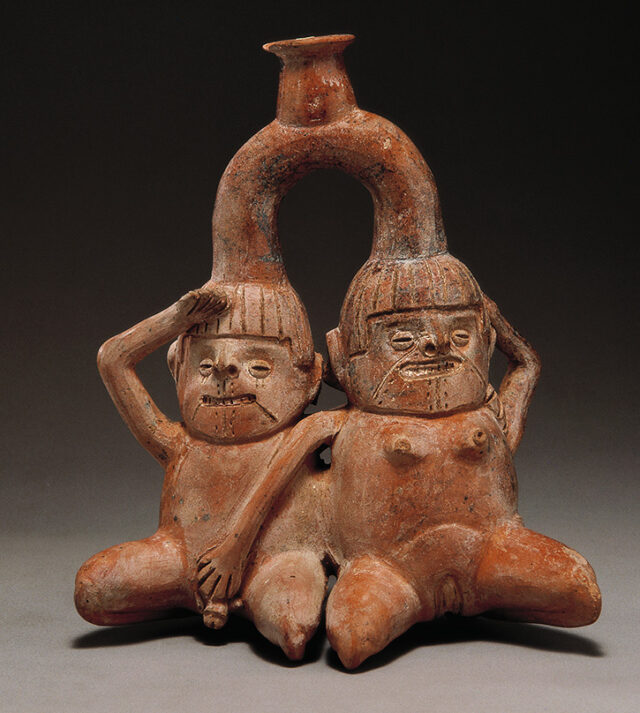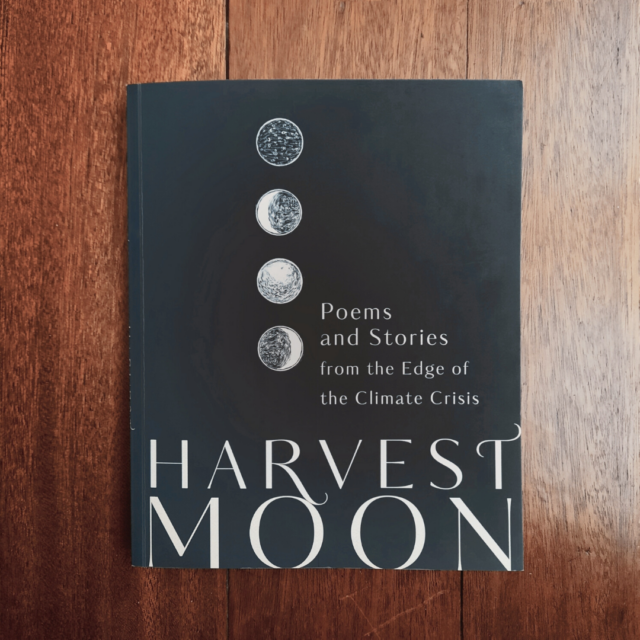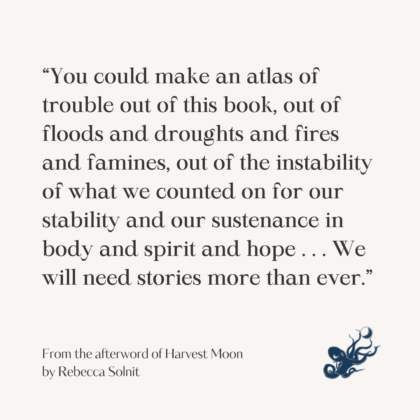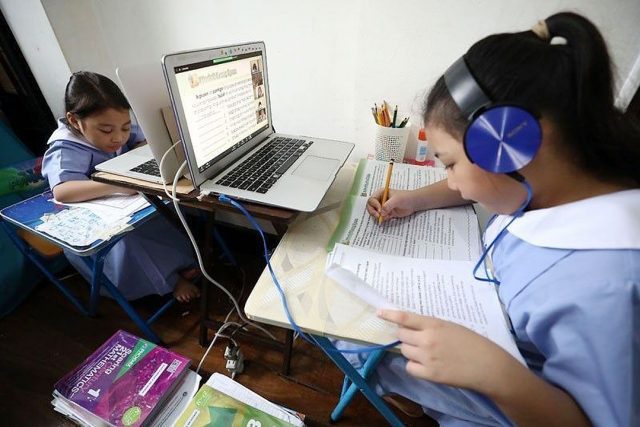CCP launches digital museum
ONLINE exhibitions, archival material, discussions and lectures, and much more are now accessible at the new digital museum of the Cultural Center of the Philippines (CCP) called 21AM.
Run by the CCP’s Visual Arts and Museum Division, 21AM — short for 21st century contemporary art museum — is intended for critical inquiry and artmaking in the 21st century. It will present exhibitions intended to investigate how manipulation of truth is facilitated in cyberspace, and also how such manipulations can be understood and arrested.
The conceptualization of the digital museum started in 2018 as a key project of the 50th anniversary of the CCP by independent curator and cultural critic Marian Pastor Roces, who worked with the CCP’s Visual Arts and Museum Division, and CCP Artistic Director and Vice-President Chris B. Millado.
“It has been a rather long history already since 1986, the Cultural Center has become more closely aligned with the imperatives of contemporary art, which means that it has a critical nature,” Ms. Pastor Roces, the museum’s curator, said at the online launch on Feb. 25, livestreamed through Facebook. “The critical nature will always engage the state. It is the nature of contemporary art.”
IT IS NOW 21AM
The chief designer of 21AM, David Loughran, said that the digital museum was programmed with the following desires: to explore the promise of art in cyberspace, and to remember history.
“We wanted a museum that speaks to its audiences from a place of curiosity,” Mr. Loughran said.
The digital museum’s unique feature is its custom-built Accession Record System (ARS) that consolidates the CCP Collection. The design updates the museum’s database information about artworks, objects, and events.
The curatorship, museum and exhibition development company founded by Ms. Roces, TAOINC, designed the accession record system, and undertook preliminary conservation assessment of the CCP Collection.
The digital museum is divided into three main sections: The Collection, Current Exhibits, and Augmented Learning. The Collection (where the ARS is stored) houses the CCP’s holdings from 1969 to the present. All searches for artworks or art associated material are done through 21AM’s custom built accession record system. Augmented Learning is where 21AM’s memories combine with the CCP’s larger programming, it is where all engagements and discussions and support learning are stored. It will also link schedules for events and 21AM’s chatroom, as well as information on the CCPs new exhibits and retrospective reviews.
The online museum also operates with a 24/7 chat room, My Archive, and a Digital Human Rights Hub. My Archive houses all past exhibits, along with all their supplementary texts, as well as records and audio, video, or photography of all public engagements. The Digital Human Rights Hub is a space to host discussions on human rights in the digital universe. The chat room is where guests can attend scheduled discussions around curated topics. It is meant to be a democratic and informal space for people to share similar and contrary opinions.
The 21AM collection will house over 4,000 objects.
“Putting all that online will be a long and arduous process that will take time,” CCP Visual Arts Division Head Rica Estrada said. “What we have now are 50 pieces from the collection, and we will be growing this gradually so that people can get look at and engage.”
Soon to be accessible are the CCP Collection of modern, contemporary, ethnographic, and ethnomusicological art and cultural materials. — Michelle Anne P. Soliman

















